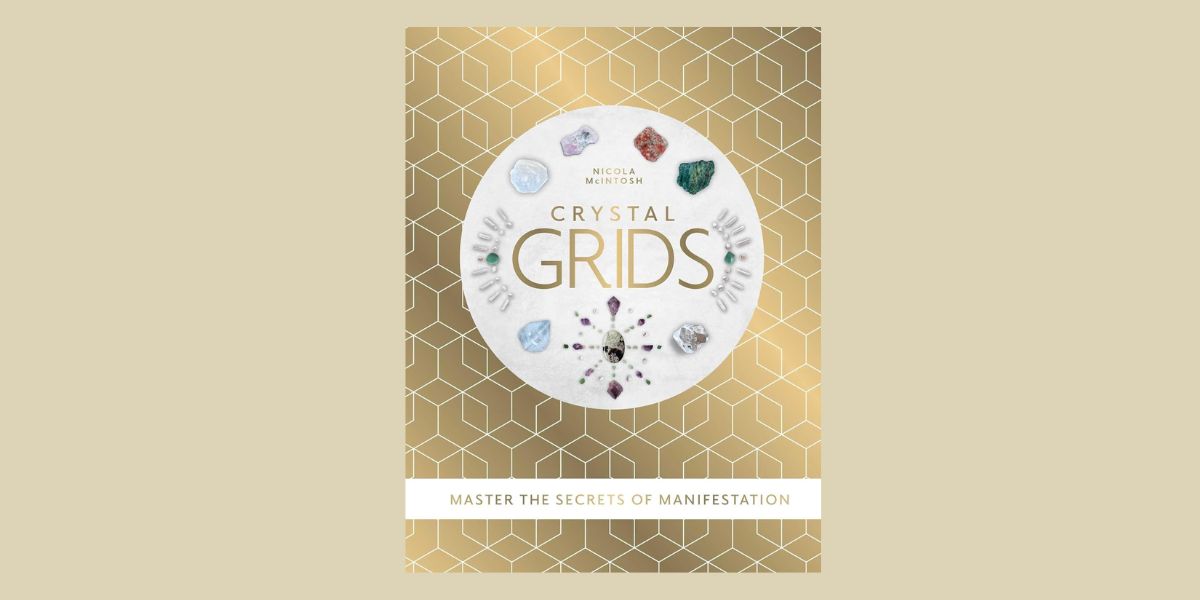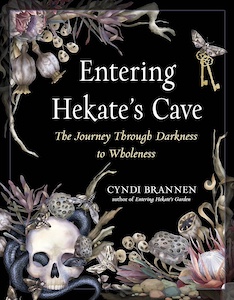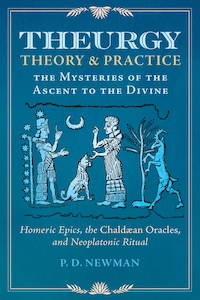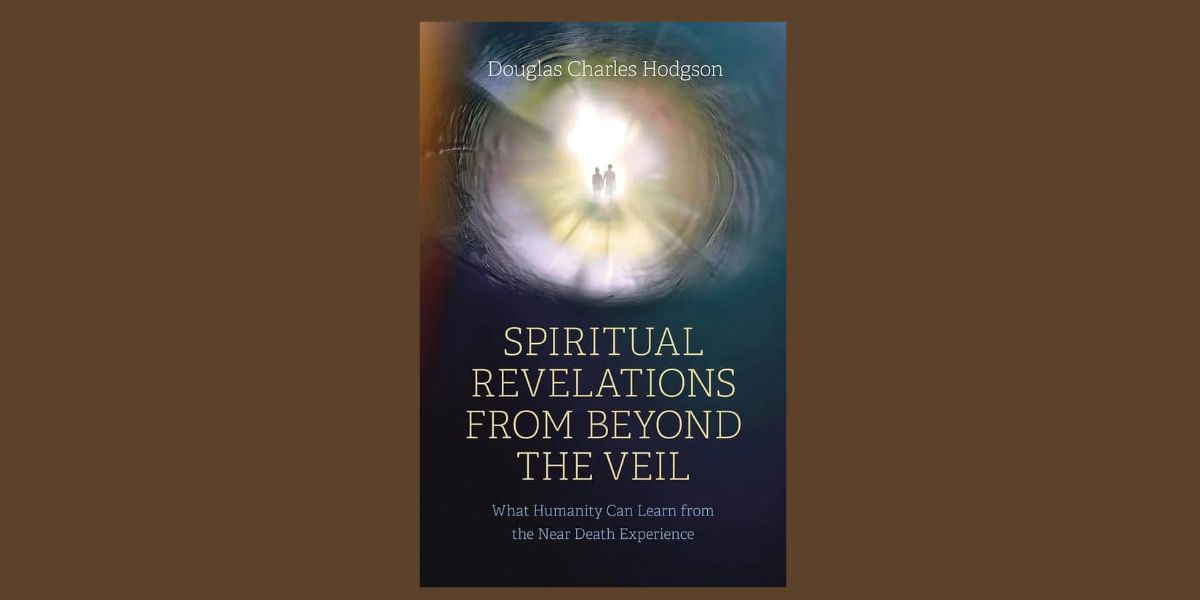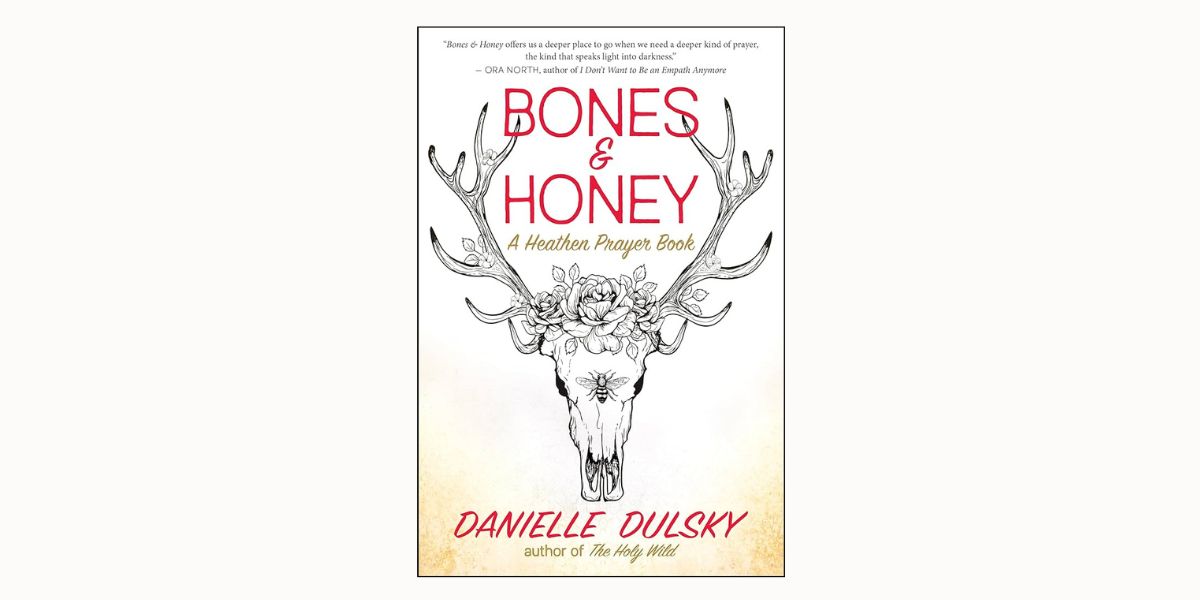
Crystal Grids: Master the Secrets of Manifestation, by Nicola McIntosh
Rockpool Publishing, 9781922785510, 185 Pages, March 2024
I was recently at a local health and wellness festival, and the most memorable display table there was a woman selling gorgeous crystal grid paintings. The energy of the crystal layouts was palpable; I could feel the different effects of the alignment radiating outward as I took my time gazing at each one. Immediately, I knew this was something I wanted to do for my own home and altar space. Crystal Grids: Master the Secrets of Manifestation by Nicola McIntosh synchronistically was sent to me right after; the Universe quite literally brought it to my doorstep!
“My intention with this book is to give you the necessary information to guide you in making your own grids, strengthening your communication abilities with your clair senses and helping you manifest what you wish to create in your life.”1
McIntosh is a magical writer and oracle deck creator, as well as a Chinese and Western herbalist and practitioner of Celtic shamanism. She has previously published Apothecary Flashcards, Celtic Spirit Oracle, and Mushroom Spirit Oracle. Even with her success, she is very attuned to the readers she serves, sharing her story of budding passion for crystals and the circumstances in which she began creating her own products. I enjoyed this introduction to the book because it made me feel connected to McIntosh, feeling inspired that I too could use the power of the crystals and other energy-changing tools to bring my own dreams to life.

There is a nice foundation laid in this book, with each chapter building upon the next to provide a holistic understanding of how crystal grids work and how to create your own. McIntosh begins by teaching readers about what she calls Source, “the term I give to the energy that creates all life; that is all life, the all that is, or God if you like to name it thus.”2 She explains how vibration is what gives everything form.
“You can start to imagine that we are walking in a sea of energy. We are in a state of constant flow; nothing is solid, and we are all fluid. If you can push your thinking out further, you can begin to imagine how you would then be able to interact with other energies around you, for they are also the same.”3
McIntosh then moves onto the language of spirit and the ways in which readers can communicate with other realms, specifically focusing on the honing clair sense, listening to intuition, and connecting through meditation as methods that can be utilized. This section is helpful for those looking to enhance their ability to hear the messages of spirit.
Once this underlying belief system is explained, McIntosh moves into explaining what crystal grids are, including their historical significance, and how they work through geometric resonance. Above all McIntosh encourages readers to listen to their intuition when creating their grids, but she does share how she likes to keep it simple, use ritual, and intentionally select colors with energies and colors aligned with the intended outcome of the crystal grid. She describes how crystal grids can be used for healing, health, prosperity, divination, and more.

There’s even an entire chapter on chakras so that readers understand the energy of each chakra. McIntosh details the energy within the body and soul each chakra influences, providing readers with insight into which chakras might be the best for them to focus on for their manifestations. For example, if someone is seeking to feel more confident expressing themselves, creating a crystal grid enhancing the energy of the throat chakra would be beneficial for them. McIntosh includes crystals that correspond with each chakra too.
There’s a general overview of crystals, but the focus is more on connecting with the crystal spirit rather than going by traditional meanings. McIntosh does a quick overview of crystals, most notably describing the different crystal formations and their significance, but those interested in working with crystals will definitely want to seek out supplementary information about the healing properties of various crystals to fine-tune the energy of their crystal grids.
My favorite chapter in the book focuses on the geometric templates based on sacred geometry. McIntosh talks about the power of ley lines and the earth’s grid, as well as geometric patterns such as the flower of life, medicine wheel, fibonacci spiral, and infinity symbol. She also teaches how you can create a grid for your home or room by placing crystals in different corners, which I think is so neat! Another fun thing in this chapter is creating elixirs by infusing water with the crystal grid. McIntosh teaches how to place the crystals and includes plenty of pictures for inspiration!

The final chapters focus on the art of manifestation and setting intentions and how to actually create the grid (preparing the space, cleansing/charing/programming the crystals, activating the grid). This is the real how-to, hands-on section of the book, and McIntosh does a lovely job of providing the readers with all they need to know to begin their process of manifestation with crystal grids.
All in all, Crystal Grids is a wonderful resource for those feeling called to working with crystals in a meaningful way. McIntosh’s process of manifesting perfectly blends intuition, the power of crystals, and the sacred geometry, allowing readers to better communicate their desire with spirit and bring about the changes they wish to see in the physical world. The colorful photographs alongside McIntosh’s gentle and easy-to-understand writing make this book perfect for beginners. I especially recommend it for those who already have an interest in crystals but have yet to take the steps to learn how to commune with the crystal spirits and direct energy through divine alignment. For those who enjoy McIntosh’s crystal grids, consider also checking out her Crystal Grid Oracle!
Alanna Kali is an astrologer, numerologist, and pioneer spirit that loves to explore life through the lens of depth psychology. She has a passion for studying the humanities and social trends. Her academic work is centered upon reuniting body, mind, and spirit through eco-psychology. She loves reading, spending time in nature, and travel.
